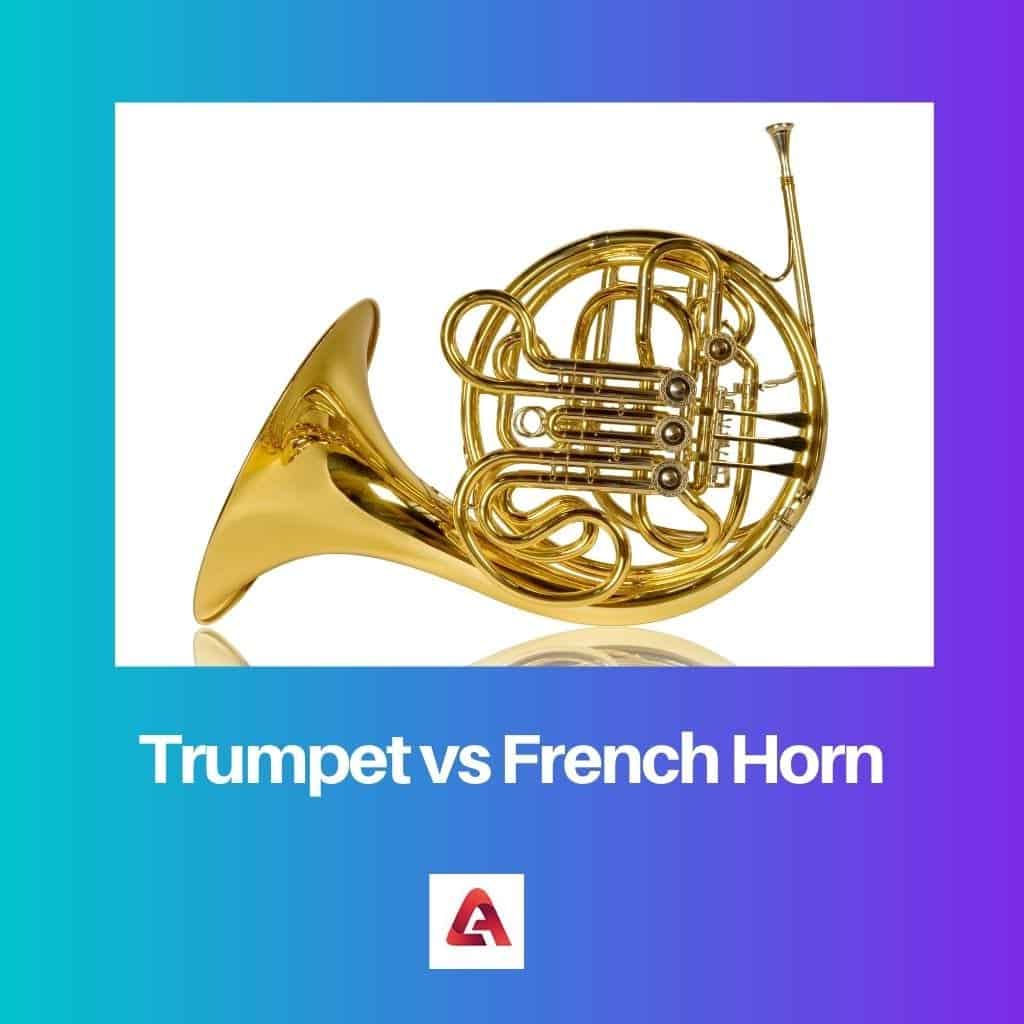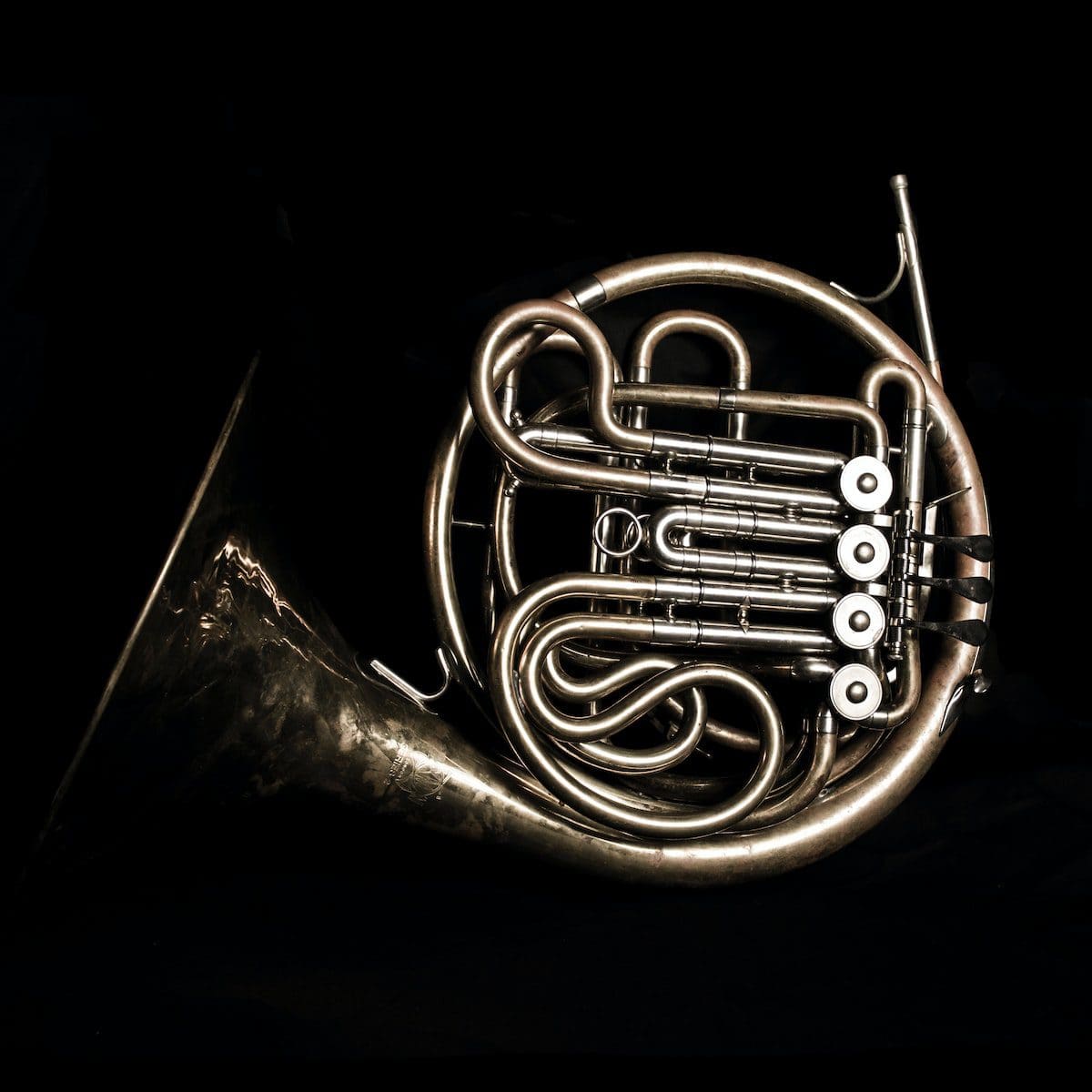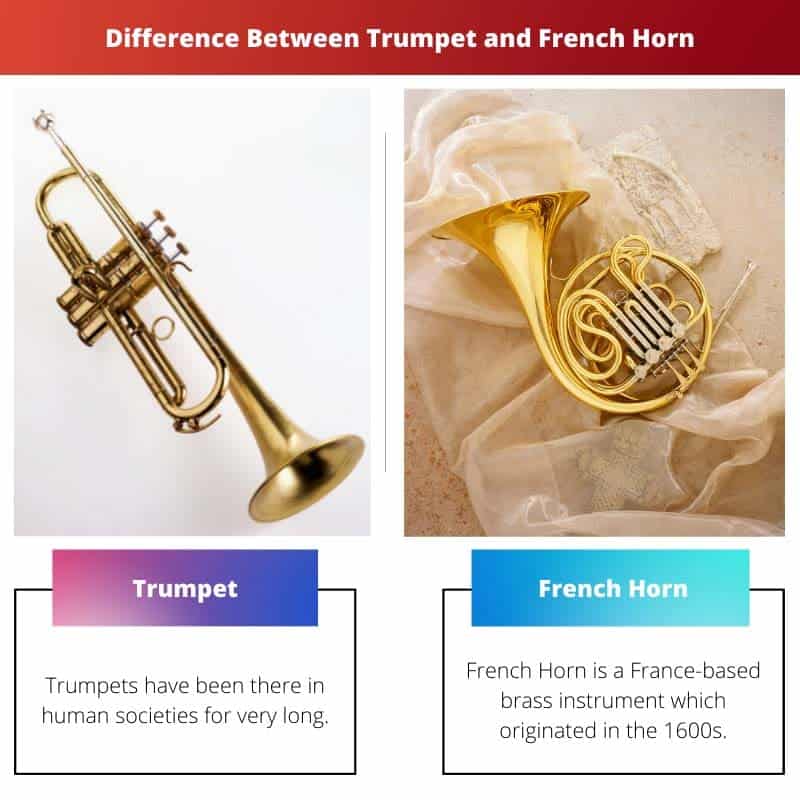Brass instruments, also known as labrophones, produce sound by sympathetic air vibration caused by the player’s lip movements.
They consist of tubing through which sound propagation takes place. Several factors can affect the length of the tubing.
There are various types and styles of brass instruments available. They are fitted with different shapes and sizes of mouthpiece that suits them. Most of them have removable mouthpieces.
The selling point is that trumpets, tubas, etc., are fitted with a cup-shaped mouthpiece, while horns are fitted with a cone-shaped mouthpiece.
Brass instruments are directional regarding sound propagation, i.e., the sound travels in a straight direction outwards through them.
This makes recording a brass instrument a little difficult as the sound flow in all directions is not even.
These instruments are mainly made up of brass and, later, polished to prevent corrosion. Some high-quality ones are plated with gold or silver to serve the purpose.
Other alloys that contain high amounts of copper or silver are also used instead of brass.
Common brass instruments include Cornet, Trumpet, Tenor Horn, Euphonium, French Horn, etc. These are widely used in the orchestra or big musical events.
Coming to Trumpet and French Horn, these instruments differ in their build and many other aspects.
Key Takeaways
- Trumpet and French horn are brass instruments, but they differ in shape and sound.
- Trumpets have a straight tube, while French horns have a coiled tube with a flared bell.
- Trumpets have a brighter and more piercing sound, while French horns have a mellower and warmer sound.
Trumpet vs. French Horn
The difference between Trumpet and French Horn is that Trumpets produce bright and energetic sounds with shorter tubing than the French Horn, whereas French Horns can produce both loud, delicate, harsh, and smooth sounds.

Comparison Table
| Parameter of Comparison | Trumpet | French Horn |
|---|---|---|
| Origin | Trumpets came to be known in the 1500s. | French Horns came to be known in the 1600s. |
| Sound Production | They mainly produce bright and energetic sounds. | While they produce both delicate and loud sounds, also make intense and smooth sounds. |
| Tubing | They have tubing that is 4.5 feet long. | They have a longer tubing of about 12 to 16 feet. |
| Bell Position | When held in hand, the bell of a trumpet faces forward. | Whereas here, the bell faces backward. |
| Valves | Valves are played with the right hand. | The valves are played with the left hand. |
| Playing | For playing the trumpet, it is held horizontally, and the lip movements aid the sound propagation. | Whereas for playing the French horn, it is held downwards with the bell, and the lips on the mouthpiece do the job. |
| Pitch | They play the highest pitches of sound. | They can play high as well as low pitches. |
| Requirement | Around two to four trumpets are present in an orchestra. | While around two to eight French horns are required for the same. |
What is Trumpet?
Trumpets have been there in human societies for a very long. The ancient people commonly used them as alarms for gatherings, war calls, and parades.
Earlier, trumpets were made of shells, animal horns, wood, etc., which is very different from the modern trumpet.
The origin of the trumpet dates back to the 1500s. Later on, the construction of the trumpets with brass with proper tubing began. This is what a modern trumpet is like.
It consists of about 4.5 feet long tubing along with three valves. In earlier times, there were no means to change the tubing length, while in the modern ones, the valves helped change the pitch.
Several types and styles of trumpets are manufactured. Bb trumpet is the most common among them. Others include A, C, D, Eb, low F, and G trumpets.
The smallest trumpets are called piccolo trumpets. Every type of trumpet has its piccolo trumpets built.
Trumpets are used both in big and small bands. They have the soprano range amongst the whole brass family. Around two to four trumpets are played in an orchestra in total.
Trumpets have some excellent features regarding sound propagation and tone quality. Those features create a difference.
The attack time, pitch frequency, harmonic content, etc., help maintain and produce brass-like sounds.

What is French Horn?
As the name suggests, a French Horn is a France-based brass instrument that originated in the 1600s. Initially, it was used as a Hunting horn.
Its sound range varies from loud to extremely delicate, intense to smooth. This is why French horns are popular among the masses for their versatility.
Someone who plays the French or any other horn is called a Hornist. The French horns are used by professional players of bands in orchestras.
They consist of around 12 to 16 feet long tubing. Most of them come with rotary valves except the older ones, with piston valves like Trumpets.
The three valves present help control the airflow in the single horn. Moreover, double and triple horns are available, with four and five valves, respectively.
In an orchestra or a similar musical event, around two to eight French horns are played, and at least two Hornists are present. The horns play in an alternate high-low pattern to provide a joyful tune.
A study found that players who primarily perform on brass instruments, specifically French horns, are at a high risk of having musculoskeletal problems.
French horns pose the highest percentage of threats in this aspect as compared to other brass instruments.

Main Differences Between Trumpet and French Horn
- Trumpets produce energetic sounds, while French horns produce loud and soft sounds.
- French horns have longer tubing.
- The bell faces forward in trumpets and backward in French horns.
- Valves are played with the right and left hands on the trumpet and French horn, respectively.
- Trumpets play high pitches, whereas French horns play high and low pitches.





